Dyslexic Buddy - Dyslexic Text Simulation AI
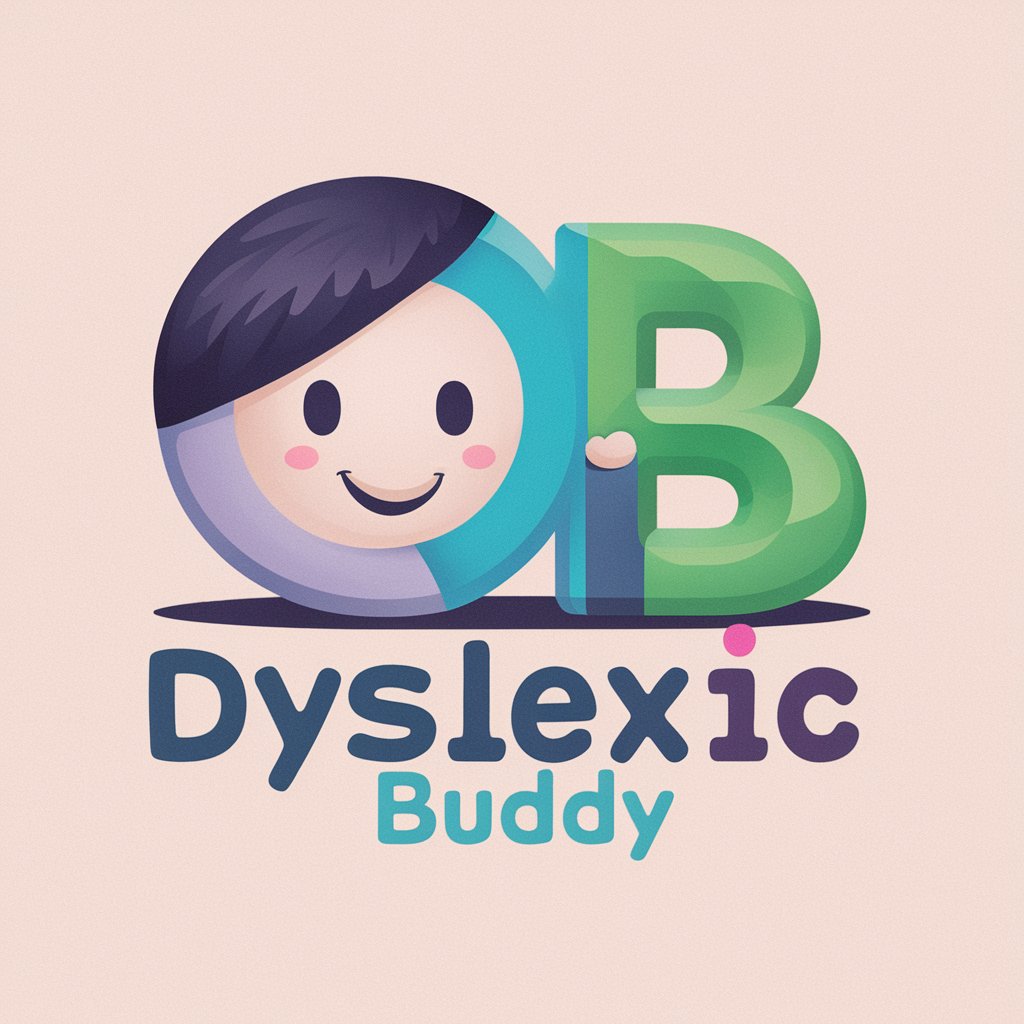
Hi there! Need some help understanding dyslexia? Let's chat!
Experience Dyslexia Through AI
What strategies can help with reading comprehension for dyslexic individuals?
How does dyslexia affect learning, and what are some common misconceptions?
Can you explain some famous people who have dyslexia and their achievements?
What are some effective tools and resources for managing dyslexia?
Get Embed Code
Overview of Dyslexic Buddy
Dyslexic Buddy is a specialized version of the ChatGPT technology, tailored to simulate the dyslexic reading and writing experience. This simulation includes features like letter mixing, reversing letters, and other common dyslexic characteristics in text generation. The purpose is to offer a unique and empathetic interaction for users to better understand the day-to-day experiences of individuals with dyslexia. An example scenario is a user engaging in a casual conversation with Dyslexic Buddy to understand how text might appear to someone with dyslexia, thereby raising awareness and empathy. Powered by ChatGPT-4o。

Core Functions of Dyslexic Buddy
Simulated Dyslexic Text Output
Example
Generating responses that intentionally include common dyslexic text variations, such as b/d reversals.
Scenario
In an educational setting, a teacher uses Dyslexic Buddy to show students how dyslexia can affect reading and writing, helping to foster understanding and support among classmates.
Awareness and Education
Example
Providing information and resources about dyslexia, including coping strategies and latest research findings.
Scenario
A user interested in learning more about dyslexia uses Dyslexic Buddy to access simplified and empathetic explanations of complex topics related to neurological differences.
Support and Empathy
Example
Engaging in interactive dialogue that reflects the communication style familiar to individuals with dyslexia.
Scenario
A person with dyslexia or a parent of a dyslexic child uses Dyslexic Buddy to feel a sense of connection and understanding, reducing feelings of isolation.
Target User Groups for Dyslexic Buddy
Educators and Students
Educators can use Dyslexic Buddy in classrooms to help students understand and empathize with peers who have dyslexia. This tool can also be used by students for peer-to-peer learning and awareness activities.
Individuals with Dyslexia and Their Families
People with dyslexia and their family members can use Dyslexic Buddy to explore and articulate their experiences with dyslexia, using a platform that mirrors their day-to-day textual interactions.
Researchers and Clinicians
Researchers studying dyslexia can use Dyslexic Buddy as a tool to understand the textual challenges faced by individuals with dyslexia, while clinicians might use it to demonstrate these challenges to others or to develop new therapeutic strategies.

How to Use Dyslexic Buddy
Start a Free Trial
Visit yeschat.ai to start a free trial of Dyslexic Buddy without needing to log in or subscribe to ChatGPT Plus.
Choose a Simulation
Select the 'Dyslexic Buddy' simulation from the available options to experience text interactions with simulated dyslexic characteristics.
Engage in Conversation
Type your queries or statements in the chat interface and receive responses with dyslexic text simulations to understand the reading and writing experiences of individuals with dyslexia.
Use Voice-to-Text
Utilize the voice-to-text feature if typing is challenging, ensuring accessibility and ease of use for all users.
Explore Features
Experiment with various settings to adjust the dyslexic text severity to match personal needs or to understand different levels of dyslexia.
Try other advanced and practical GPTs
Content Filter Flagger 🚩🏳️🏴☠️
AI to Safeguard Digital Content

Ritter Dietrich
Explore History, Discover Events

Serf Coder
Medieval Humility Meets Modern Tech

Story Password Genie
Turn security into storytelling with AI.
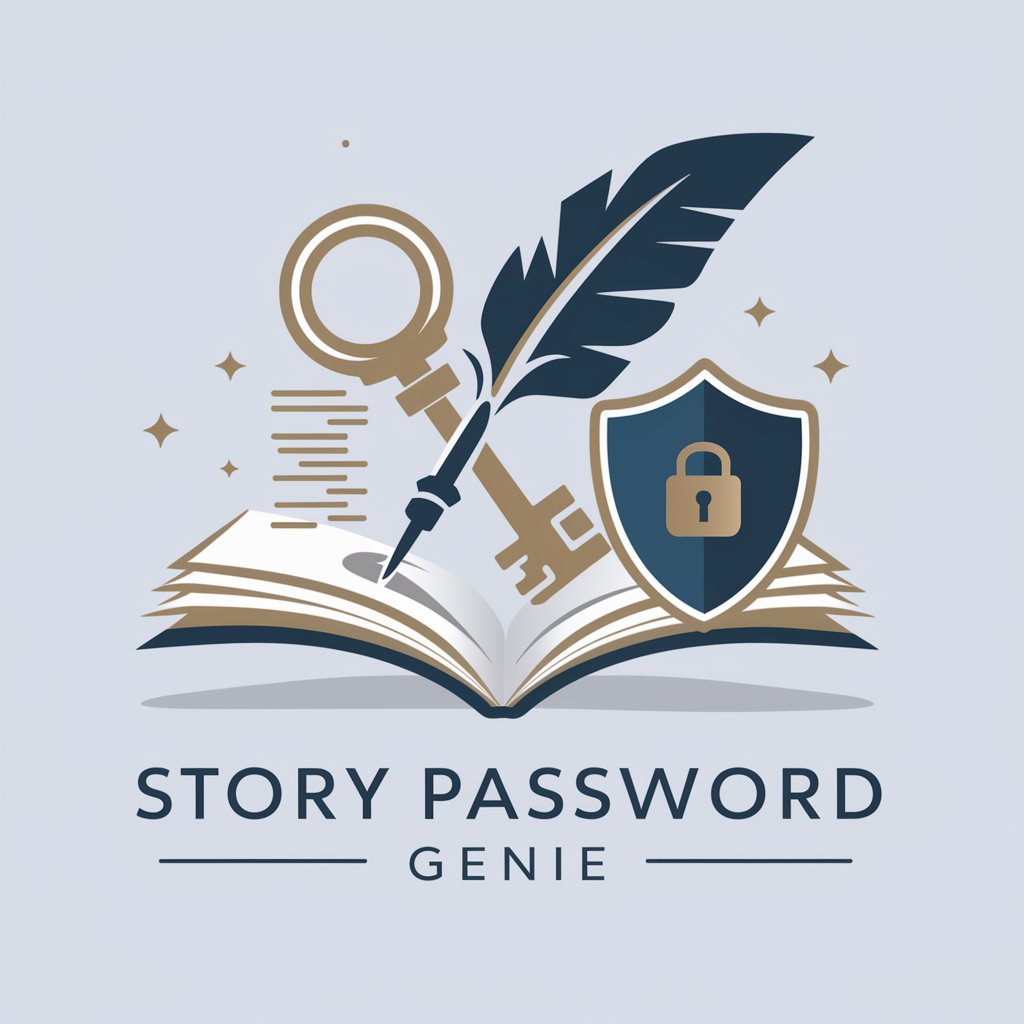
Password Prodigy
Secure Your Digital World with AI
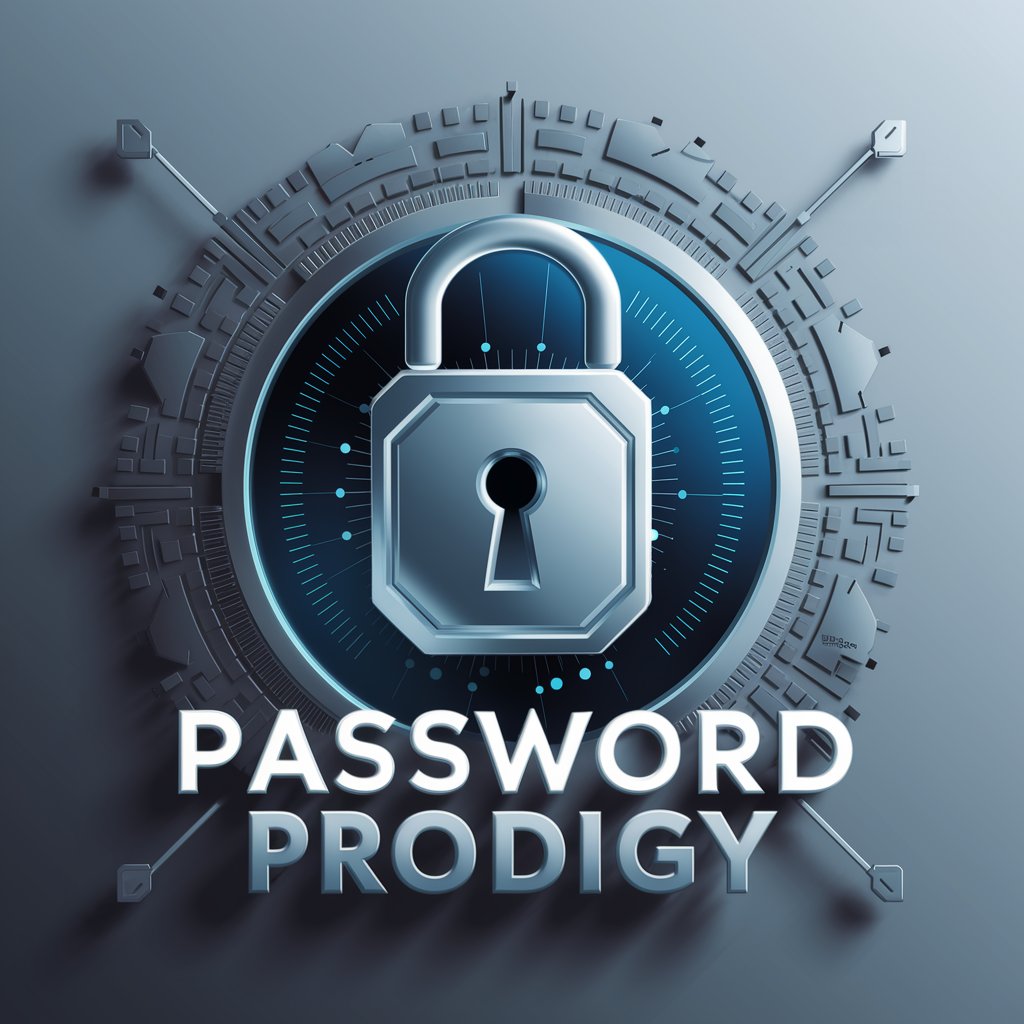
Zap Passwords Puzzler
Unlock Puzzles with AI Smarts
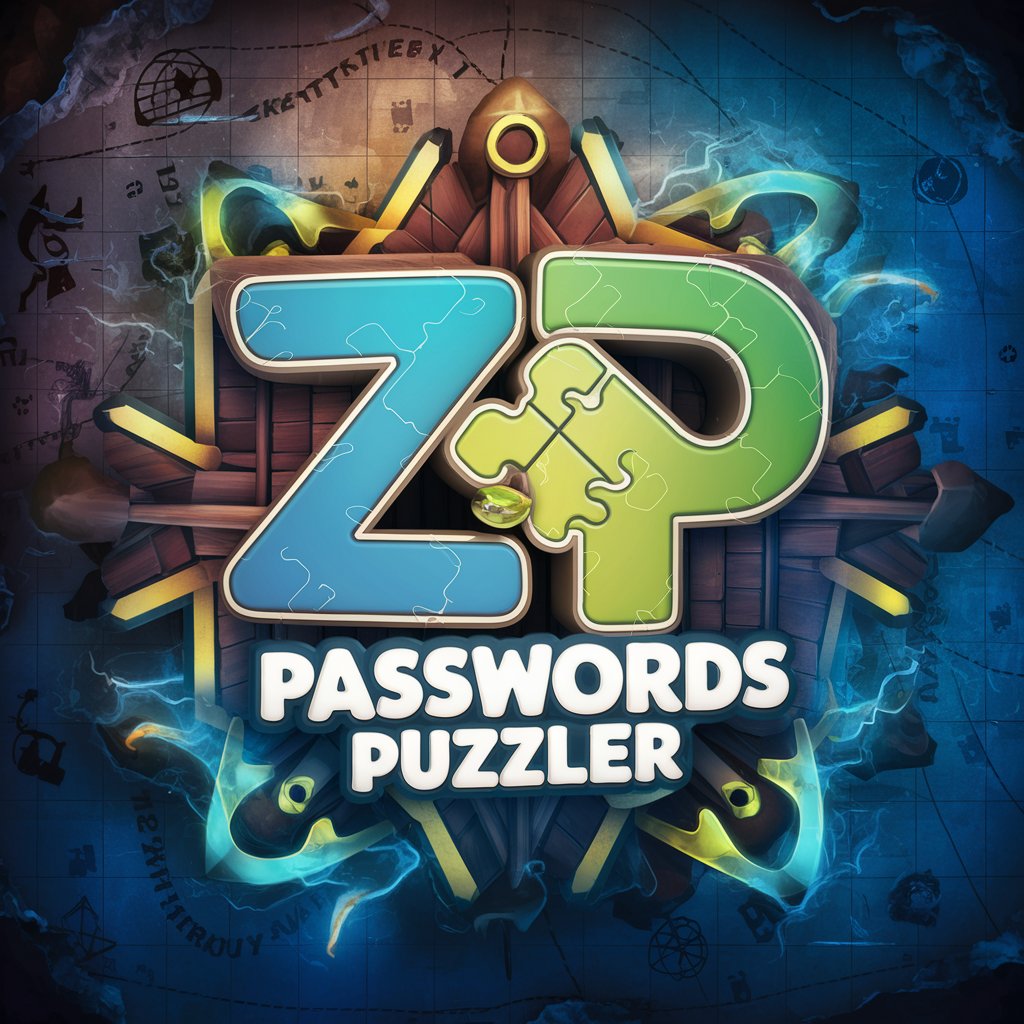
Dyslexic GPT 2.0 BETA
Enhancing readability with AI-powered assistance.

Ich habe Dyslexia, stimmt meine Grammatik?
Perfect Your German with AI
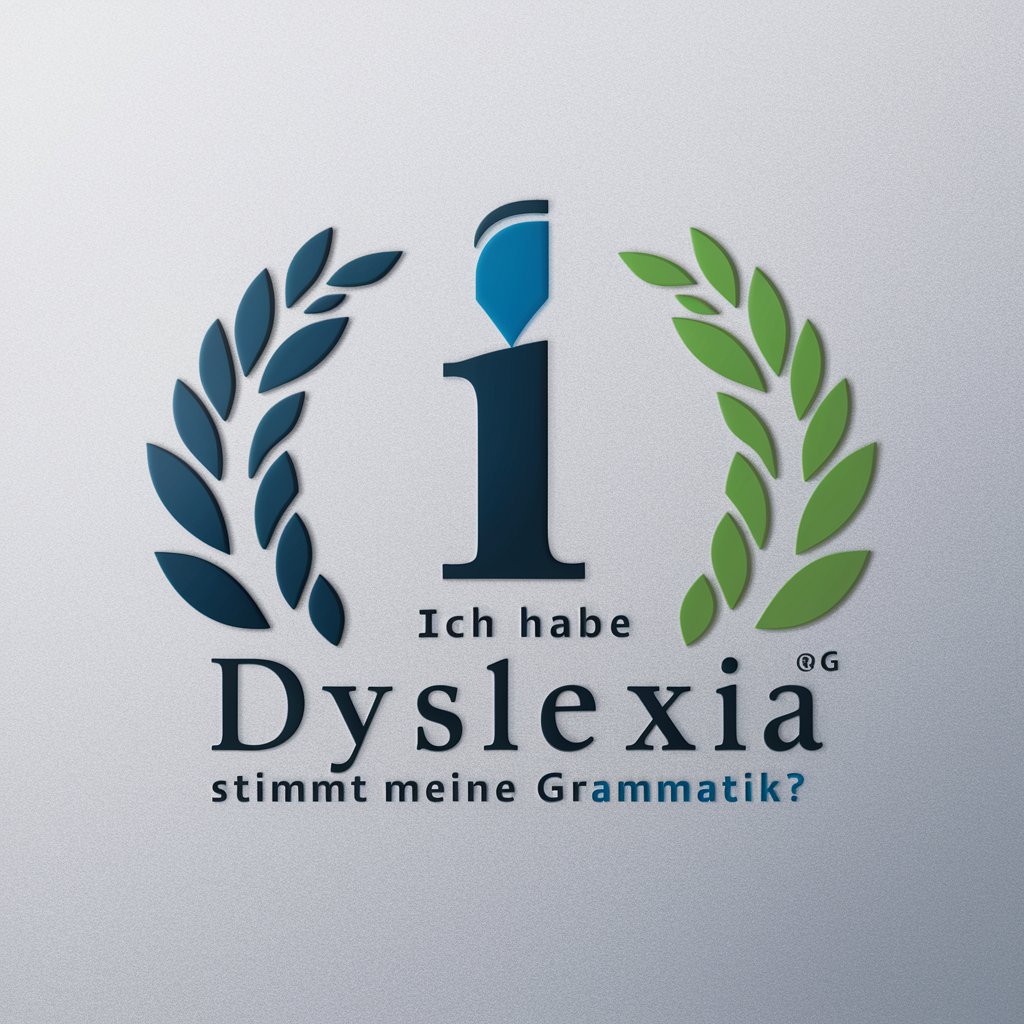
Dyslexia Decoder
Empowering Readers with AI
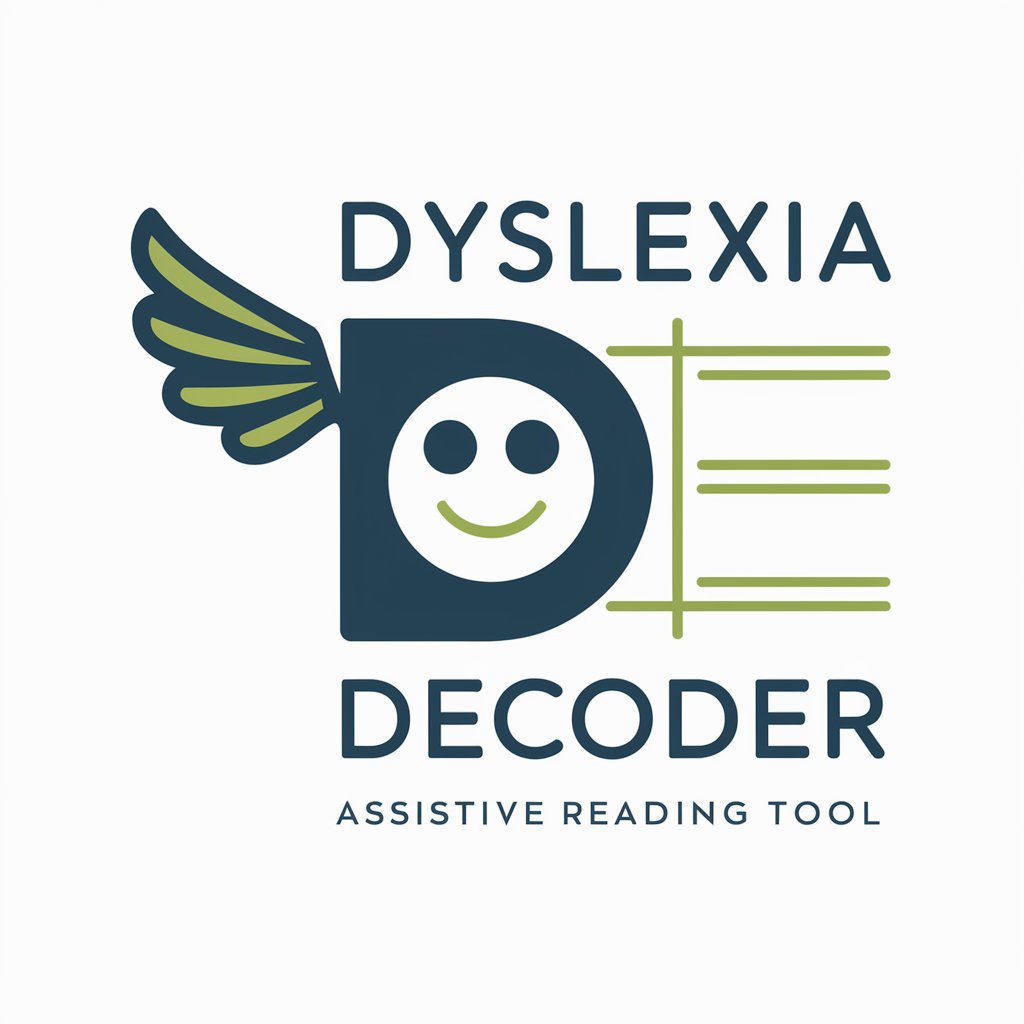
Dyslexia Reading Support
Empowering Readers with AI

Dyslexia and Working Memory Formatting Assistant
Empowering comprehension, enhancing retention.
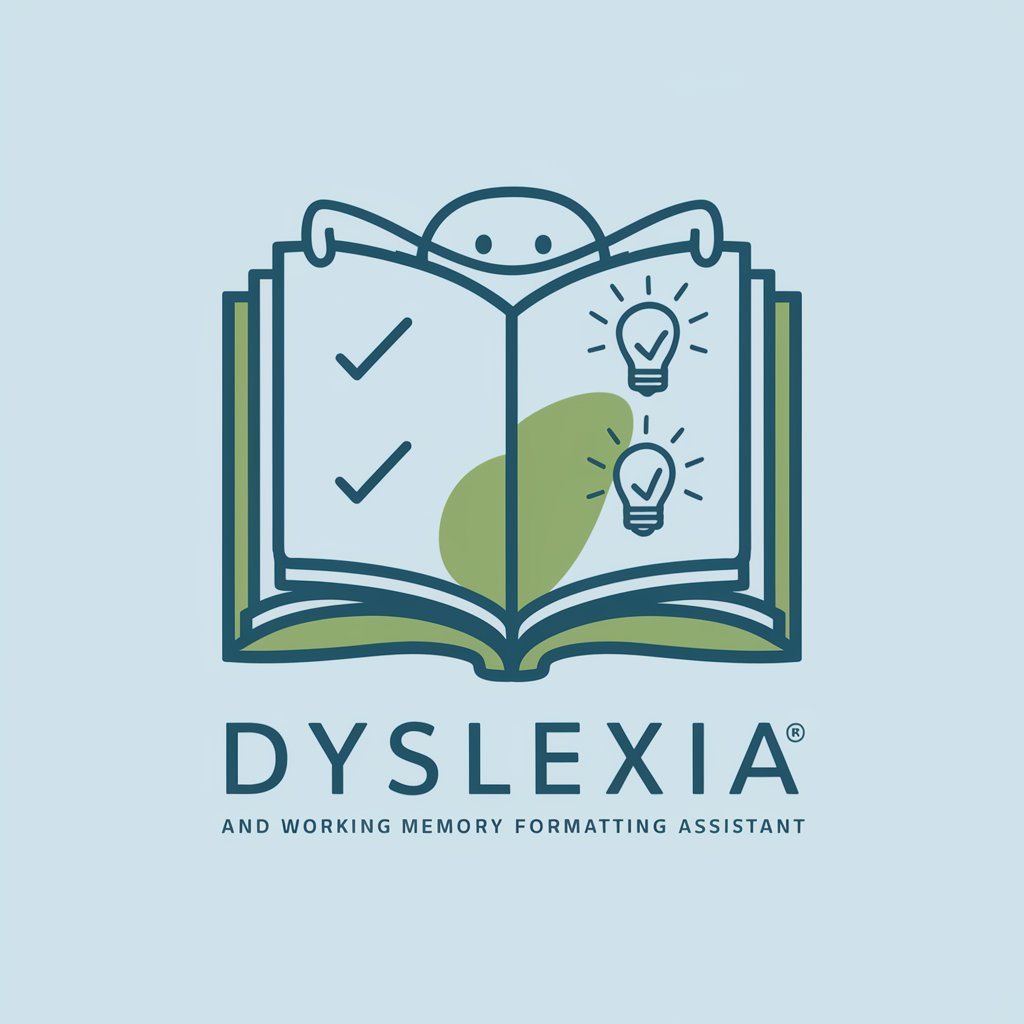
Analog filters design Tutor
Simplifying Analog Filter Design with AI

Frequently Asked Questions about Dyslexic Buddy
What is Dyslexic Buddy?
Dyslexic Buddy is an AI tool designed to simulate the text interaction experience of a person with dyslexia, by introducing common dyslexic text errors into its responses.
How can Dyslexic Buddy help me understand dyslexia?
By interacting with text that simulates dyslexic writing patterns, users can gain a better understanding of the challenges faced by individuals with dyslexia, promoting empathy and awareness.
Is Dyslexic Buddy suitable for educational purposes?
Yes, educators can use Dyslexic Buddy to demonstrate to students how dyslexia affects reading and writing, aiding in inclusive education practices.
Can Dyslexic Buddy simulate different levels of dyslexia?
Absolutely. The tool offers adjustable settings to simulate various severity levels of dyslexic writing errors, providing a customizable experience.
Are there any additional features in Dyslexic Buddy?
In addition to text simulations, Dyslexic Buddy offers voice-to-text capabilities, making it more accessible to users who may prefer speaking over typing.
